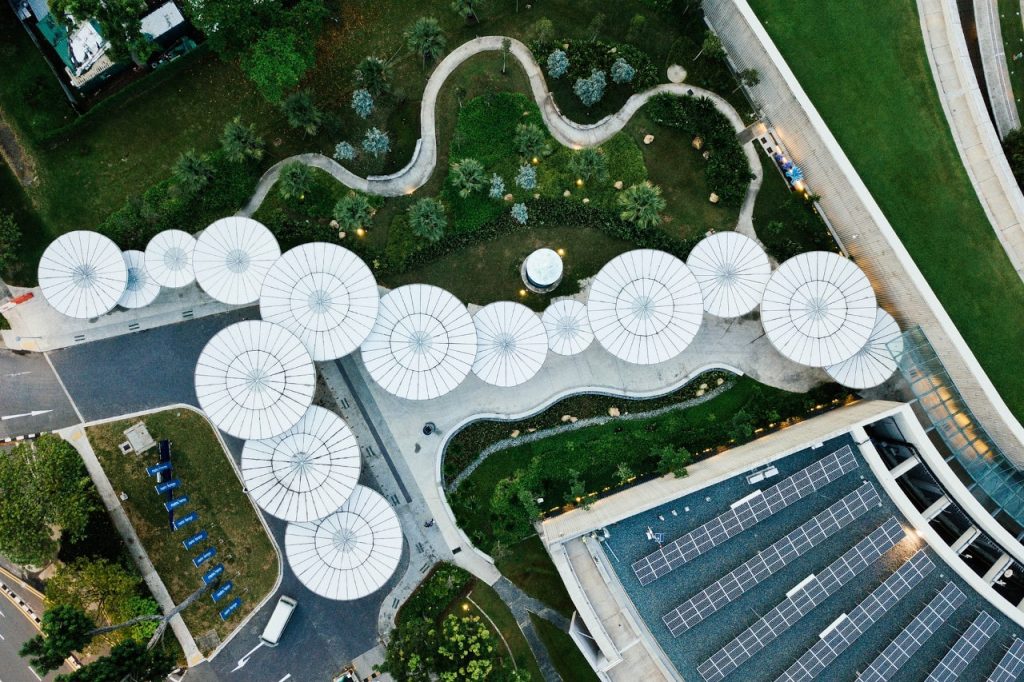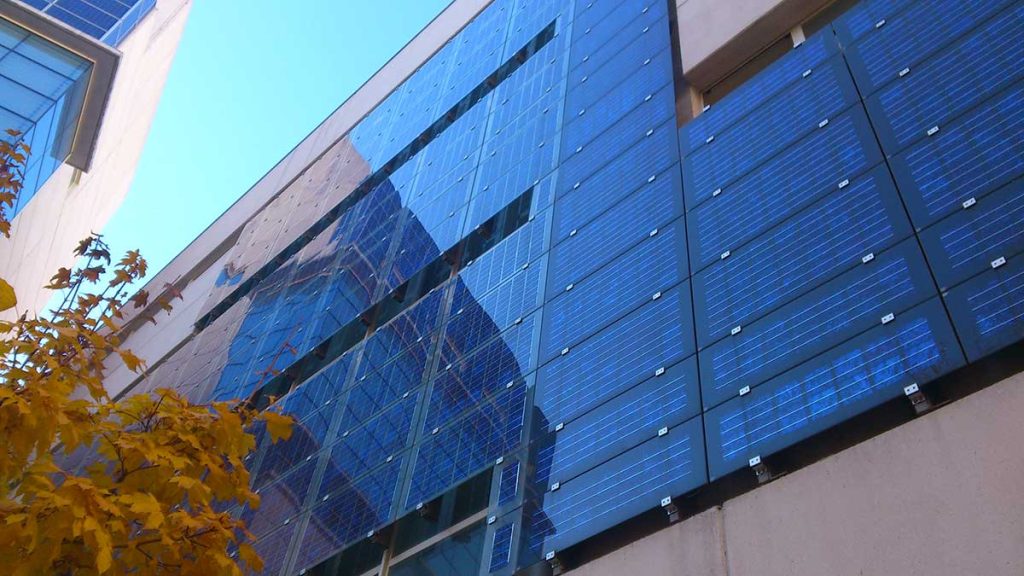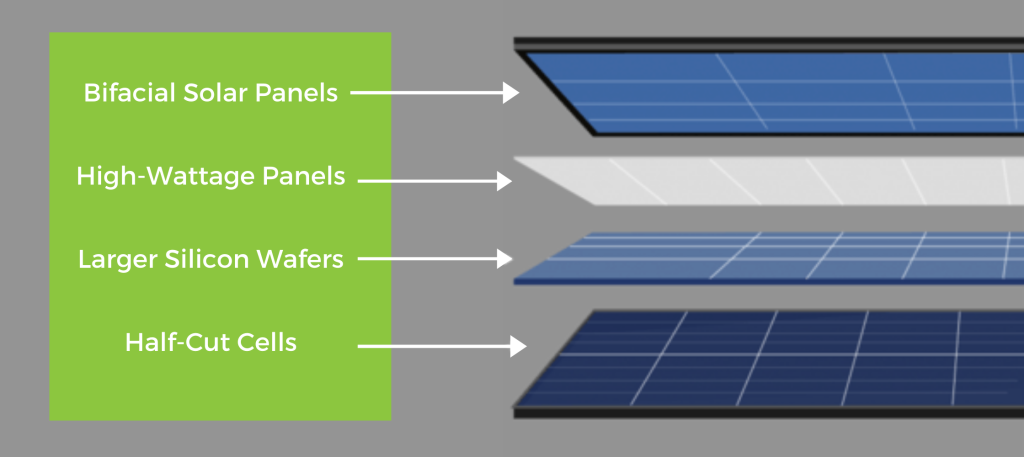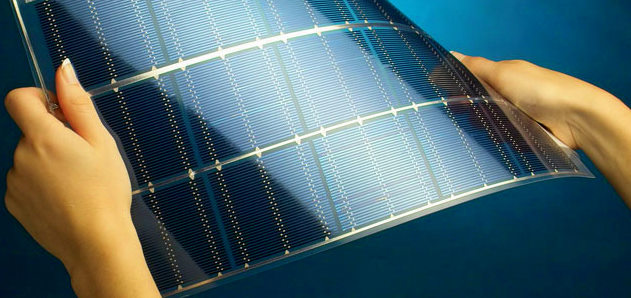So you’ve been considering going green and harnessing the power of the sun, huh? Well, you’re in luck because the world of solar panels has seen some exciting advancements. From sleek and efficient designs to improved energy conversion, the latest innovations are revolutionizing the way we capture and utilize solar energy. In this article, we’ll explore some of these cutting-edge developments and how they are paving the way for a more sustainable future.
Advances in Solar Panel Design
Solar panel technology has come a long way in recent years, with significant advancements being made in various aspects of design. These innovations are focused on improving efficiency, durability, and versatility in order to make solar energy a more viable and accessible option for a wide range of applications. In this article, we will explore some of the latest breakthroughs in solar panel design, including innovations in photovoltaic materials, increased efficiency through tandem solar cells, promising technologies like perovskite solar cells, flexible and lightweight panels, concentrated solar power, multi-junction solar cells, integration of solar panels into building materials, design for extreme weather conditions, and new approaches to manufacturing.
Innovations in Photovoltaic Materials
The advancements in solar panel design begin with the development of new photovoltaic materials. Traditional solar panels have relied on materials like silicon, which can be costly and difficult to manufacture. However, recent research has explored alternative materials that offer improved efficiency and lower costs. One such material is cadmium telluride (CdTe), which has shown great promise in thin-film solar cells. CdTe-based panels have already achieved high efficiencies and are being mass-produced at a fraction of the cost of traditional silicon panels.
Another breakthrough material is copper indium gallium selenide (CIGS), which is also used in thin-film solar cells. CIGS-based panels offer flexibility, making them ideal for applications where rigid panels are not suitable. Furthermore, these panels have demonstrated increased efficiency and have the potential to reach efficiency levels comparable to silicon-based panels. The use of innovative materials like CdTe and CIGS is revolutionizing solar panel design by offering cost-effective options with improved performance.
Increased Efficiency through Tandem Solar Cells
Increasing the efficiency of solar panels has always been a primary goal for researchers, and recent advancements in tandem solar cell technology have brought us closer to achieving this goal. Tandem solar cells are designed to increase power output by combining multiple layers of different semiconductors with varying bandgaps. This allows for the absorption of a broader spectrum of light, resulting in higher energy conversion efficiency.
By using tandem solar cells, researchers have achieved record-breaking efficiencies of over 40%. These high efficiencies are particularly significant because they translate into greater power output from the same area of solar panels, making them more cost-effective. With continued research and development, tandem solar cells have the potential to significantly increase the energy yields of solar panels, making them an attractive option for various applications.

Perovskite Solar Cells: A Promising Technology
Perovskite solar cells have emerged as a promising technology in recent years. These solar cells use a hybrid organic-inorganic perovskite material as the light-harvesting layer. Perovskite cells offer several advantages over traditional solar panel technologies, including low manufacturing costs, lightweight construction, and high power conversion efficiencies.
The power conversion efficiency of perovskite solar cells has rapidly improved, with current records approaching 25%. This level of efficiency, combined with the low cost of materials and manufacturing, positions perovskite solar cells as a viable and scalable option for solar panel technology. However, there are still challenges to overcome, such as long-term stability and durability issues. Nevertheless, the potential of perovskite solar cells to revolutionize solar panel design cannot be overlooked.
Flexible and Lightweight Solar Panels
Traditional solar panels are rigid and bulky, limiting their applications to fixed installations. However, advancements in solar panel design have led to the development of flexible and lightweight panels. These panels are made using thin-film technologies, such as CIGS and perovskite, which allow for greater flexibility and portability.
Flexible solar panels are revolutionizing the solar industry by enabling new applications. They can be integrated into various surfaces, such as roofs, vehicles, and even wearable devices. Additionally, their lightweight construction makes them easier to transport and install, reducing installation costs. The flexibility and portability of these panels open up new possibilities for solar energy utilization, making it more accessible in remote areas and on the go.

Improving Energy Conversion with Concentrated Solar Power
Concentrated Solar Power (CSP) is an innovative approach to solar panel design that focuses on maximizing energy conversion through concentration and heat transfer. CSP systems use mirrors or lenses to concentrate sunlight onto a receiver, which then converts the concentrated solar energy into electricity or heat.
CSP technology has made significant advances in recent years, leading to improved efficiency and scalability. By using concentrators, CSP systems can achieve higher temperatures, resulting in better energy conversion. Additionally, advancements in thermal storage techniques allow CSP systems to store excess energy for use during periods of low sunlight, ensuring a continuous and reliable energy supply.
CSP has the potential to revolutionize large-scale solar energy production by providing grid-scale power generation and reducing reliance on fossil fuels. The ability to generate both electricity and heat makes CSP an attractive option for industrial applications, such as desalination and process heat. With ongoing research and development, the efficiency and affordability of CSP systems are expected to increase, further expanding their potential applications.
Enhanced Performance with Multi-Junction Solar Cells
Multi-junction solar cells are another significant advancement in solar panel design. These cells consist of multiple layers of semiconductors, each tuned to absorb a specific portion of the solar spectrum. By combining different materials with complementary absorption characteristics, multi-junction solar cells achieve higher conversion efficiencies than traditional single-junction cells.
Multi-junction solar cells are commonly used in space applications, where efficiency is crucial due to limited space and weight requirements. However, recent developments have focused on making these highly efficient cells more accessible for terrestrial applications. By refining manufacturing techniques and reducing production costs, multi-junction solar cells are becoming a viable option for commercial and residential installations.

Integration of Solar Panels into Building Materials
Solar panel design has evolved beyond traditional rooftop installations, with a growing trend towards integrating solar panels into building materials. This integration allows buildings to generate their own electricity while maintaining aesthetic appeal and functionality.
Solar panels can be seamlessly integrated into building materials such as glass, windows, and even façades, making them virtually indistinguishable from conventional building components. This approach not only maximizes the use of available space but also reduces the visual impact of solar installations, making them more widely accepted in urban environments. As the technology continues to advance, the integration of solar panels into building materials is expected to become more widespread, leading to increased adoption of solar energy in the construction industry.
Solar Panel Design for Extreme Weather Conditions
Solar panels are often exposed to various environmental conditions, including extreme heat, cold, humidity, and even hailstorms. Designing panels to withstand these harsh weather conditions is crucial for ensuring long-term performance and durability.
Advancements in solar panel design have addressed the challenges posed by extreme weather conditions. Panels are now constructed with robust materials that can withstand temperature fluctuations and resist damage from hail and heavy winds. Improved coatings and encapsulation techniques also protect the sensitive components of solar panels from moisture and corrosion. These advancements in design have significantly increased the reliability and lifespan of solar panels, making them suitable for installation in a wide range of climates and geographical locations.

Advancements in Solar Thermal Panels
While most solar panels focus on converting solar energy into electricity, solar thermal panels harness the sun’s heat directly for various applications. These panels use absorber coatings to capture solar energy and transfer it to a fluid, which can then be used for heating water, generating steam, or providing space heating.
Recent advancements in solar thermal panel design have focused on improving efficiency and ease of installation. Newer designs incorporate high-performance materials and selective coatings, allowing for better absorption of solar energy. Furthermore, advancements in heat transfer fluids and storage technologies have enabled more efficient and reliable operation.
Solar thermal panels are commonly used for domestic hot water systems, industrial processes, and large-scale power generation. As the demand for renewable heat sources continues to grow, advancements in solar thermal panel design will play a crucial role in meeting these needs.
New Approaches to Solar Panel Manufacturing
In addition to advancements in materials and design, solar panel manufacturing processes have also been evolving. Traditional manufacturing techniques, such as the use of silicon wafers, can be expensive and energy-intensive. To address these challenges, new approaches to solar panel manufacturing are being explored.
One such approach is the use of printing technologies, such as screen printing or inkjet printing, to deposit the various layers of solar cells onto substrates. Printing techniques offer the advantage of reduced materials usage, faster production times, and increased flexibility in panel design. Additionally, this approach allows for the use of unconventional or less expensive materials, further reducing manufacturing costs.
Another emerging manufacturing approach is the use of roll-to-roll processes, where solar cells are manufactured on a continuous roll of flexible material. This technique offers scalability, cost-effectiveness, and increased production speeds, making it ideal for high-volume production.
These new approaches to solar panel manufacturing have the potential to revolutionize the industry by reducing costs and increasing production efficiency. As the demand for solar energy continues to grow, these advancements are crucial in making solar power more accessible and affordable.
In conclusion, advances in solar panel design have transformed the solar industry, making solar energy a more viable and attractive option for a wide range of applications. Innovations in photovoltaic materials, increased efficiency through tandem solar cells, promising technologies like perovskite solar cells, flexible and lightweight panels, concentrated solar power, multi-junction solar cells, integration into building materials, design for extreme weather conditions, advancements in solar thermal panels, and new approaches to manufacturing have all contributed to improving the performance, efficiency, and versatility of solar panels. As these advancements continue to evolve, solar energy will play an increasingly significant role in meeting our energy needs while reducing our reliance on fossil fuels.











